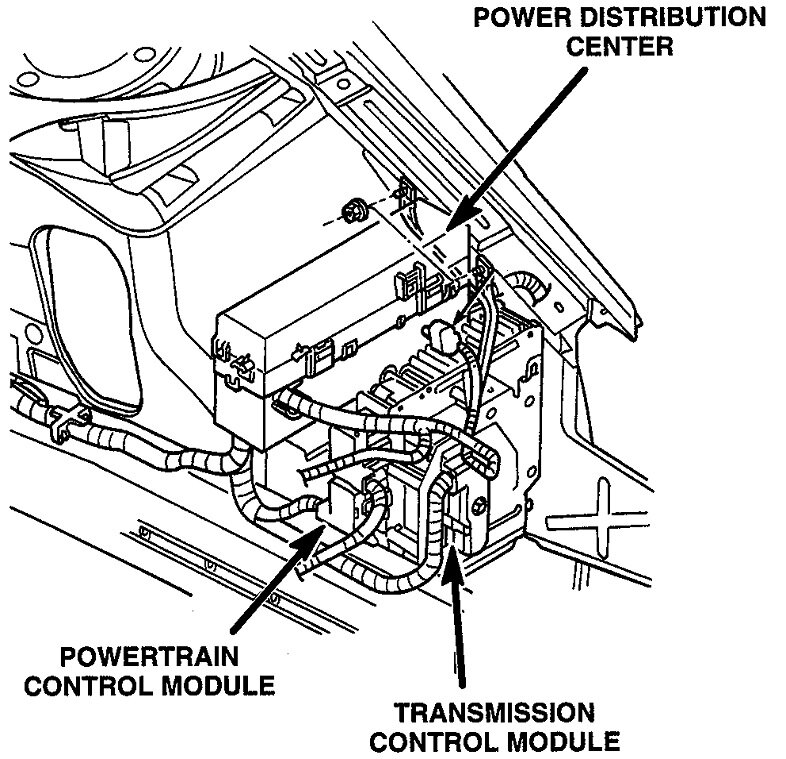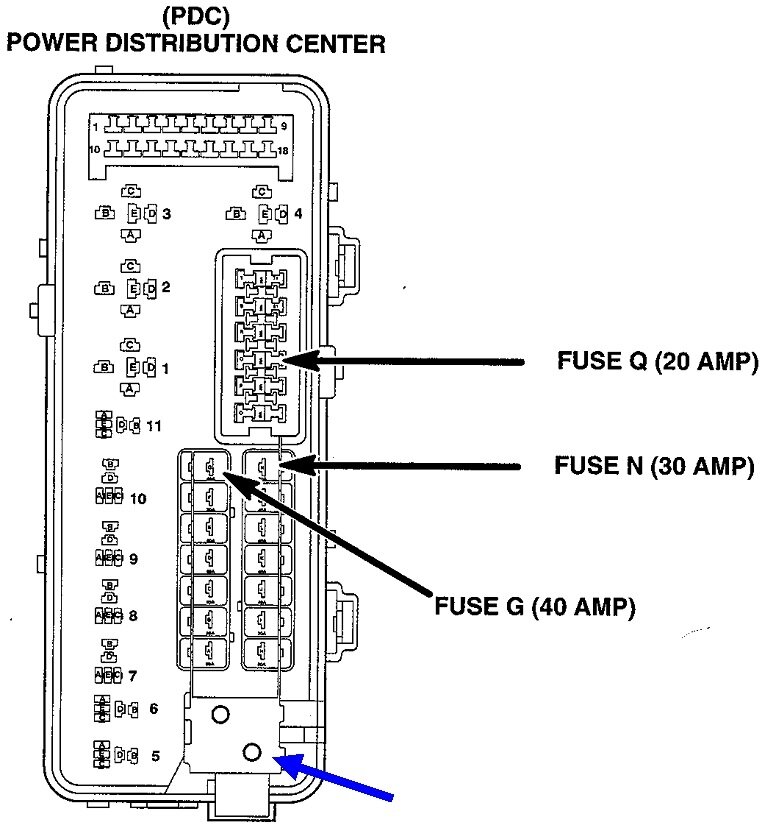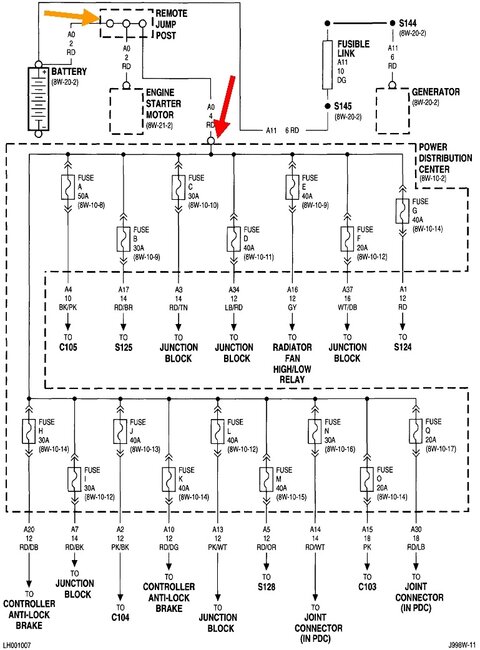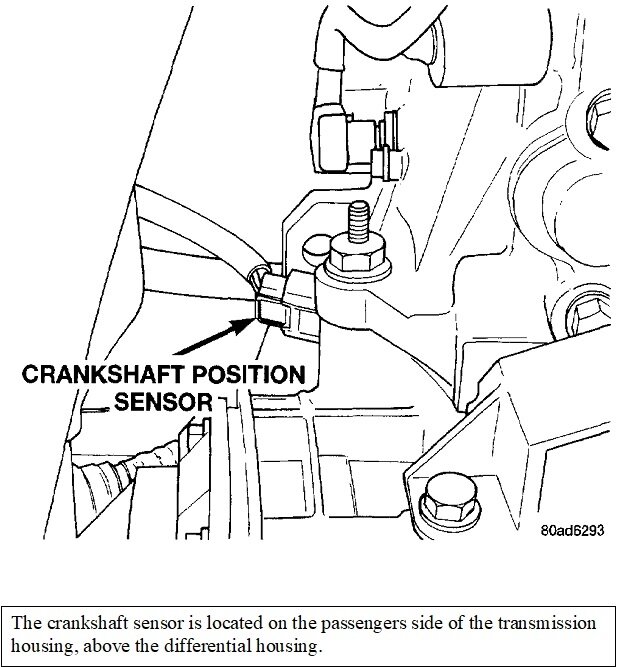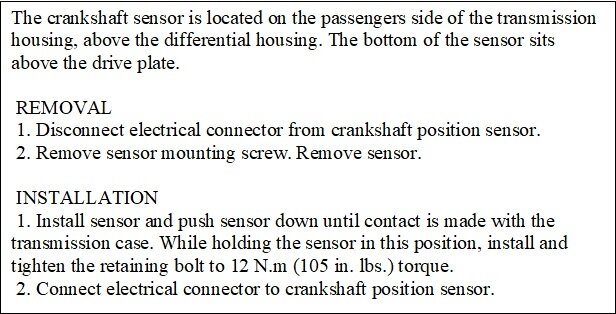"P1684 is only a status which indicates that the PCM memory has been cleared within the last 50 ignition cycles and does not indicate a problem".
That means the battery was disconnected or run dead, the Engine Computer was unplugged, or the learned data was cleared and set back to the factory default values. That code has been around since the 1980s. On '95 and older models, it was code 12, and meant the same thing.
Normally I would suggest that code can be ignored, however, it might shed some light on your stalling problem. There's two things to consider. The first has to do with those camshaft and crankshaft position sensors. One problem is when one fails, it takes a little time for the Engine Computer to detect the missing signal. The biggest problem is when the battery was disconnected first, thereby erasing any fault codes, and then the engine cranks but won't start. Simply cranking the engine is usually not enough for that missing signal to be detected and a fault code to set. The code should set when you're driving though. The engine keeps rotating a lot longer, giving the computer time to see the missing signal.
When no fault code is being set but the stalling is still occurring, you need a scanner to view live data. I have a Chrysler DRB3 for all of my older cars. It works on all Chrysler models up through 2003, and some through 2008, so it will work for yours. It shows both sensors with a "No" or "Present" during cranking to show if the signals are arriving at the computer. Most aftermarket scanners have a similar way to show that.
Second, code 1684 reminds me you didn't list the symptoms when the problem occurs. Do you have a crank / no-start condition, or is everything dead, including the dash lights? Another problem that again affects all car brands and models is a bad connection on one of the smaller battery wires. The most common complaint is the dash lights up like normal, then there may or may not be one click from the starter, then everything goes dead. In the majority of cases everything comes back to life a few hours later and the engine starts and runs fine. This usually doesn't cause the engine to stall while driving though.
The drawings below are rather disappointing. The first one shows the power distribution center under the hood. That's the under-hood fuse box. In the second drawing, my blue arrow is pointing to the stud where the smaller battery positive wire should be bolted. That is the nut to tighten. The intermittent connection is caused by arcing that occurs between the cable and the terminal it's bolted to. Sometimes they even work loose enough that you may see a little sparking when wiggling it. Clean and tighten that cable. Another one, but much less common is to follow the smaller battery negative cable to the body sheet metal and be sure that connection is tight and not rusty.
The third image is for your fuses under the hood. My red arrow is pointing to the positive terminal I just described. The orange arrow points out there's another connection point that can cause this. That "remote jump post" should be well-marked under the hood, but if you can't find it, start at the battery positive post, then follow the smaller of the multiple wires to that assembly. That's another place to find the same bad connections. The proper repair is to remove the cables, sand them clean, then reinstall them and tighten them. To simply identify the cause of the problem, just tighten them one at a time while watching if power is restored. I like to turn on the headlights so I can see if and when they start working.
If one of these connections is causing the stalling, you should also see the radio, dash, and interior lights go dead too. Since power would also be lost to the Engine Computer, all other diagnostic fault codes would be erased, then, when things start working later, that code P1684 would set. That's the potential clue that led me to include this story as a possible suspect.
Images (Click to make bigger)
Sunday, May 14th, 2023 AT 7:57 PM
